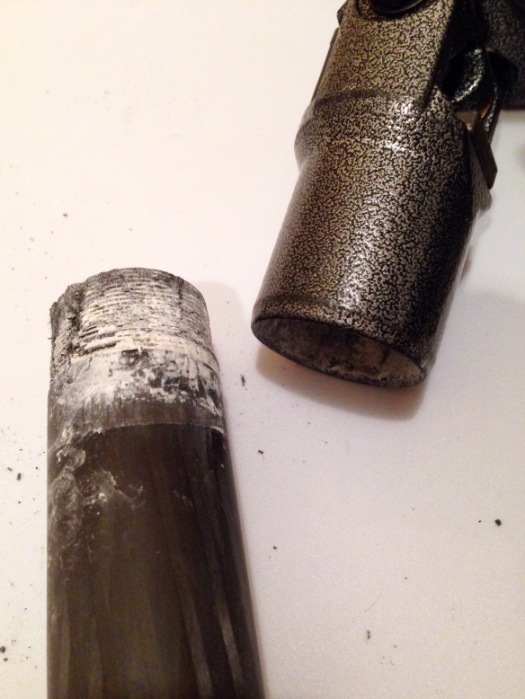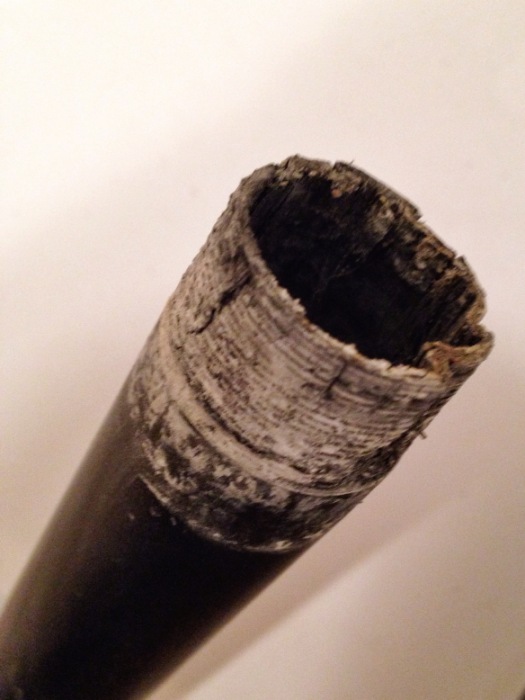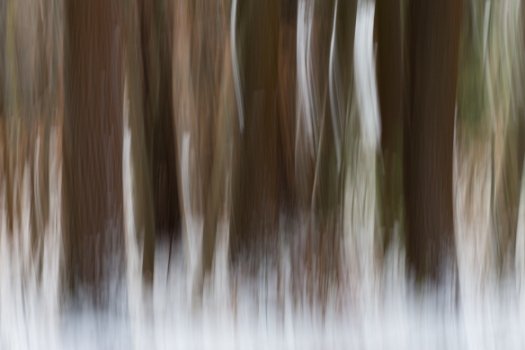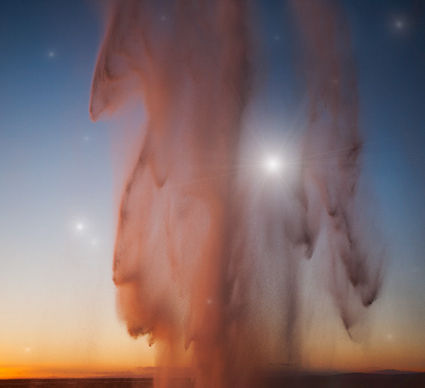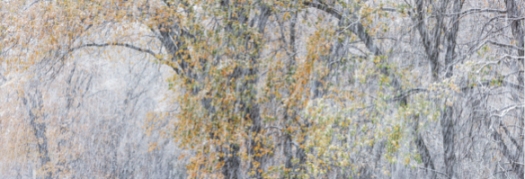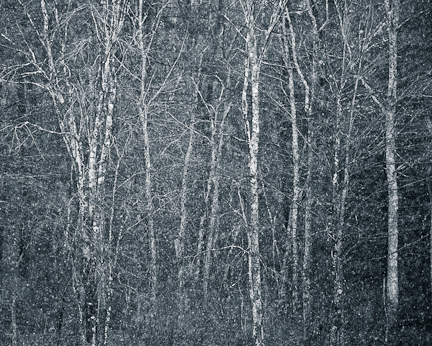With all the snow that we’ve been having here in New England you would think that I would have had time to finish working on my images from Japan wouldn’t you? A reasonable expectation but I’m swamped here at the moment. More about what’s going on in a few weeks.
I’ve mentioned here before that I generally take a lot of frames when I’m out shooting, particularly when I’m photographing water. With flowing water each frame will be different and potentially offer something unique. Also worth exploring is a range of shutter speeds – I generally try to keep some sense of motion in the water rather than blur the water completely with a very long exposure.
I’m still working on the image above – I’m happy with this version but will now live with this for a while to learn what I like and what I like to change.




